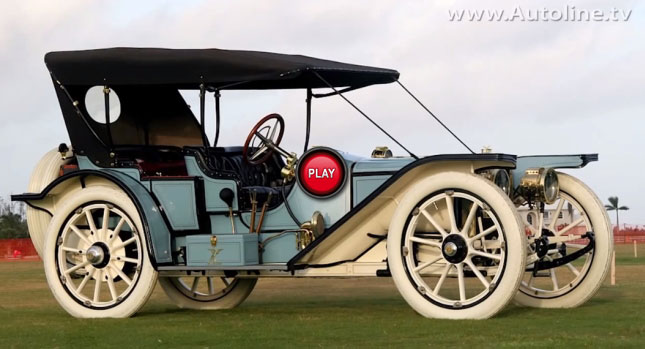We won’t begin this piece about car design and proportions by throwing tomatoes at the automotive industry for churning out far too many dull lookalike sedans and coupes, because at least they’ve pretty much left sports cars alone, and we like sports cars.
As Jim Hall explains in one of his many Design Handbook videos, with the long bonnet, short rear, and passenger compartment pushed back as far as possible, these sports cars were driven by both function and form, though, in the early days, it was mostly the former.
Engines were longitudinally-mounted and very big in the 1920s and 1930s, so that’s what mainly dictated the shape of all cars, especially ones with larger motors and meant for speed. Today, while there is really no need any more for the large bonnet size that you see on some higher-performance sports cars, it has been kept because it just worked.
I think it’s simple: some types of cars took longer to become better, whereas sports cars, having much more attention lavished on them evolved faster, and by the 1960s when the prettiest ones were made, they were much more advanced than regular family sedans and station wagons. In fact, the shape was deemed so iconic that when the Lamborghini Miura was made with a transverse-mounted V12, it retained the long hood look, despite only needing it to house the (rather badly placed) fuel tank, radiator and spare tire.
By Andrei Nedelea
Story References: Autoline via Autoblog-com
VIDEO







